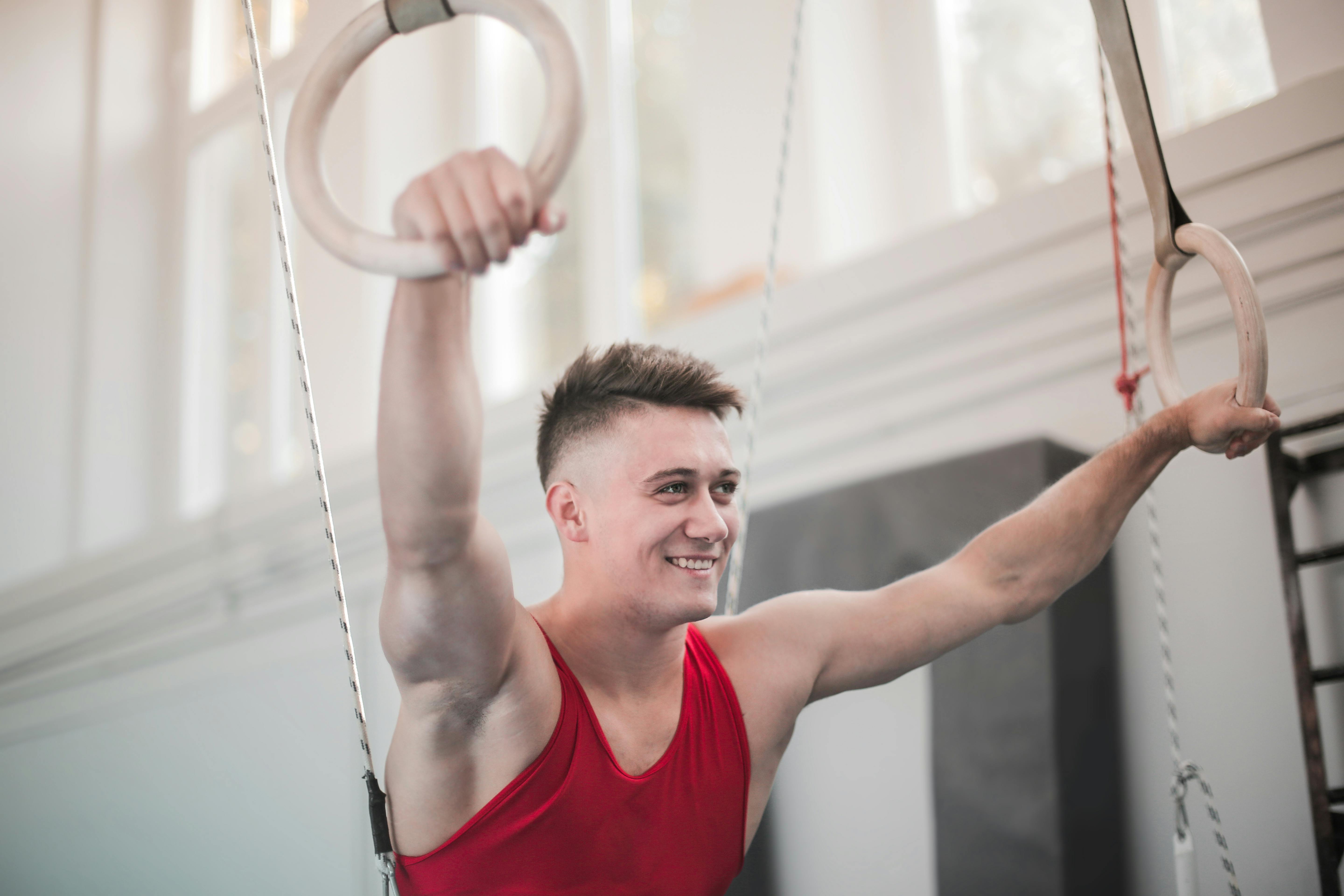
Achilles tendon rehabilitation – Part 2
Now is the time to add some intensity to your range of motion exercises. The goal here is to gradually reintroduce some force to the injured muscles, ligaments, and tendons through a series of stretches.
When trying to increase the strength of your Achilles tendon, be sure to do it gradually and systematically, slightly overloading the muscles and tendons. Be careful not to overdo this type of training. Patience is always a requirement for any stretching routine.
An effective and relatively safe way to start is to start with isometric exercises. These are exercises where the ankle joint does not move, but force is applied and the calf muscles contract the Achilles tendon.
For example, imagine sitting in a chair facing a wall and then placing your toe against the wall. In this position, you push against the wall with your foot and at the same time keep your ankle joint from moving. The muscles contract but the ankle joint does not move. This is an isometric exercise.
The example above strengthens the Achilles joint and the ankle in all directions. Push your foot to the left or right against something immovable and push down (as up) and pull up.
It is also important at this stage to introduce some gentle stretching exercises. This will help further increase your range of motion and prepare your Achilles tendon for more strenuous activity to come. As you work to increase the flexibility of your Achilles tendon, it’s also important to increase the flexibility of the muscle groups around the injured area. These include the calf muscles and the anterior shin muscles.
Stretching is one of the least used techniques for improving athletic performance, preventing sports injuries, and properly rehabilitating sprain and strain injuries. Don’t make the mistake of thinking that something as simple as stretching won’t be effective.
Balance and proprioception
This often overlooked phase of the rehabilitation process is one of the main reasons why old injuries keep coming back. Once you feel some strength returning to your Achilles tendon, it’s time to incorporate some exercises and balance exercises.
When muscles and tendons are torn, nerves are damaged. These nerves send vital information to the brain about the specific position and location of the Achilles tendon and ankle joint in relation to the rest of the body.
Without this information, the muscles, tendons, and ligaments constantly question the position of the Achilles tendon and ankle joint. This lack of knowledge about the position of the lower leg can cause the same injury to reoccur long after you thought it had fully healed.
Balance exercises are important to help retrain damaged nerves around the lower leg and ankle joint. Start with simple balance exercises, such as walking in a straight line or balancing on a beam. Progress to single-leg exercises, such as balancing on one foot, and then try the same exercises with your eyes closed.
When you feel comfortable with the activities above, try some of the more advanced exercises like wobble or wobble boards, Swiss balls, stability pads, and foam rollers.
Plyometric and sport specific exercises
This last part of the rehabilitation process will aim to return the Achilles tendon to its pre-injury state. At the end of this process, your Achilles tendon should be just as strong, if not stronger, than it was before it was injured.
This is the time to incorporate some dynamic or explosive exercises to really strengthen the Achilles tendon and improve proprioception. He starts working with all the exercises he did before, but with more intensity.
For example, if you were using light isometric exercises to help strengthen your calf muscles and Achilles tendon, start applying more force or start using some weight-bearing exercises.
From here, gradually incorporate some more intense exercises. Exercises that specifically relate to your chosen sport are a good place to start. Things like skill drills and training drills are a great way to gauge your fitness level and the strength of your Achilles tendon and lower leg.
To put the finishing touches on your Achilles tendon recovery, I always like to do some plyometric exercises. Plyometric exercises are explosive exercises that lengthen and contract a muscle at the same time. These are called eccentric muscle contractions, and they involve activities like jumping, holding, hopping, and hopping.
These activities are quite intense, so remember to always start easy and gradually apply more and more force with each stretch. Don’t get too excited or overdo it, you’ve come too far to do something foolish and re-injure your Achilles tendon.